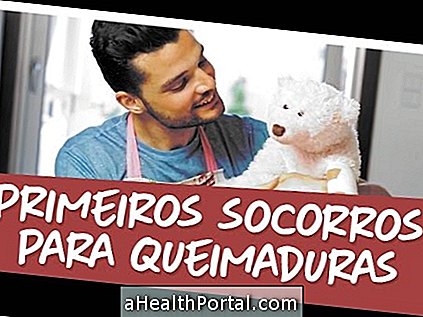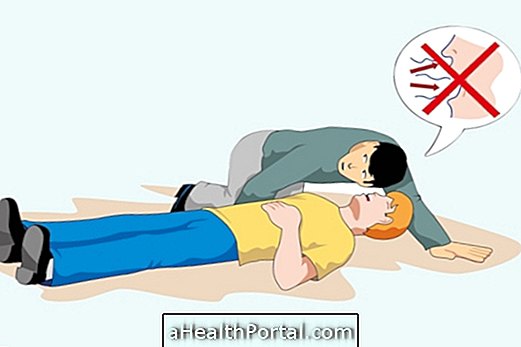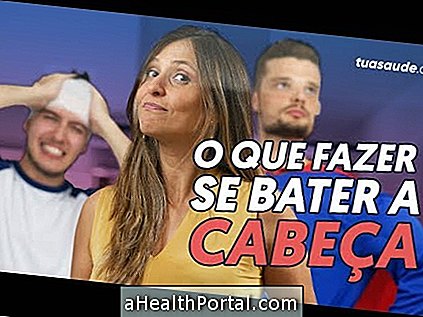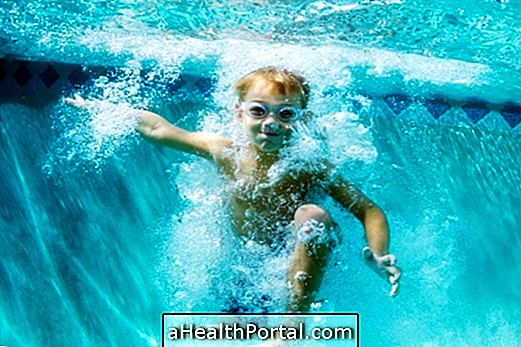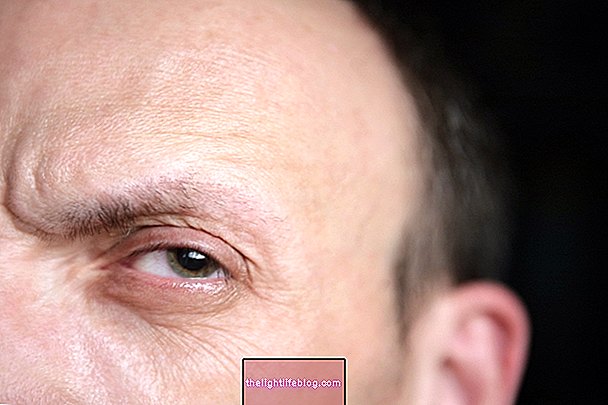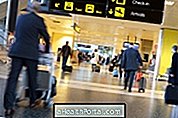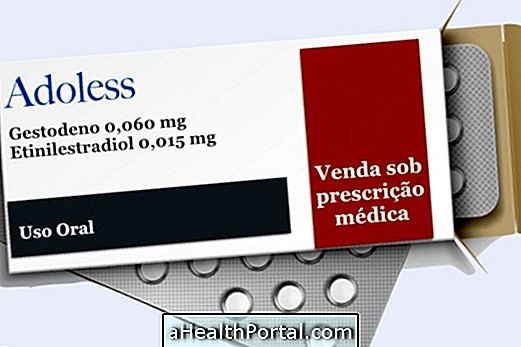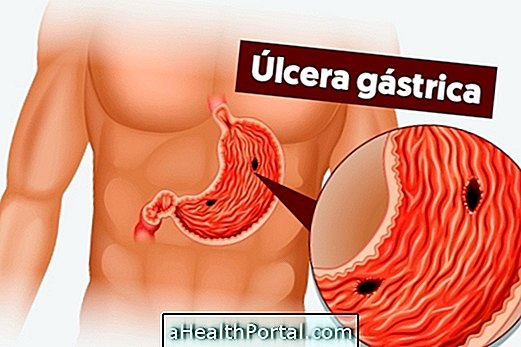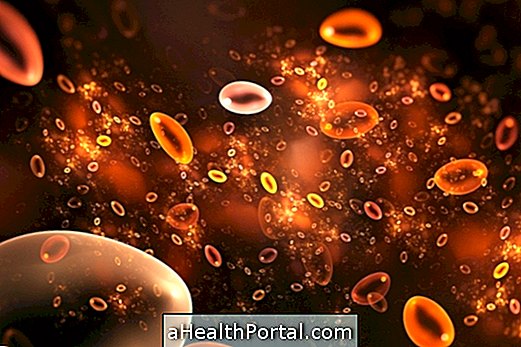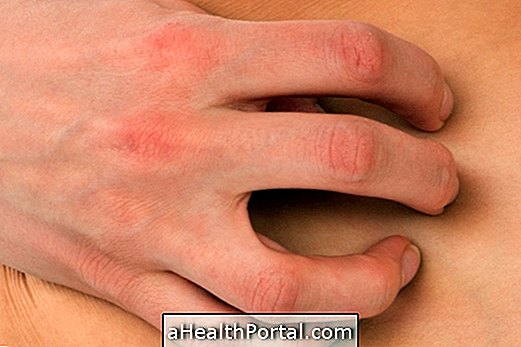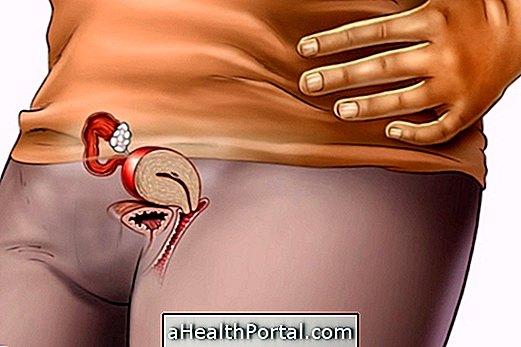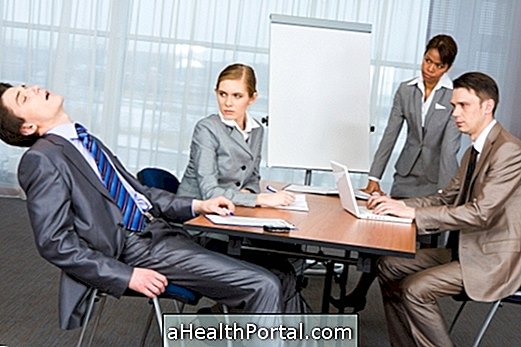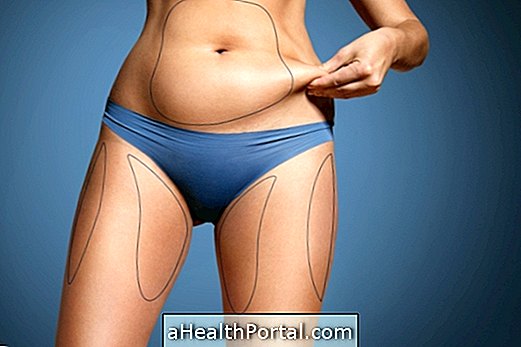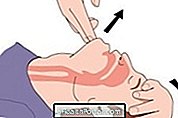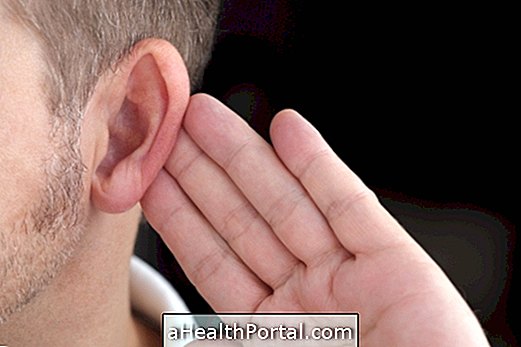First aid for stroke can prevent serious sequels, such as paralysis or non-talking and, in some cases, can last for a lifetime, decreasing the quality of life of the patient. So it is therefore important to rescue the individual who is having a stroke as quickly as possible to avoid sequelae.
In this way, it is due to:
- Call an ambulance immediately, calling number 192;
- Check if the victim is breathing, placing the face next to the individual's head to see, hear and feel the air, as shown in figure 1;
- Feeling if the heart is beating, feeling the heart beat of the victim in the neck or wrist and check if this:
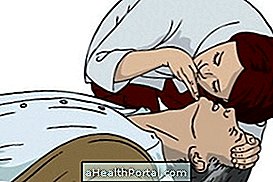

- Unconscious and breathing - put the subject in safe side position until help arrives, as in figure 2.
- Unconscious and not breathing - start the heart massage to increase the chances of survival. Learn how to do in: How to do cardiac massage.
- Conscious - in this case it is important to explain to the victim that she is going to the hospital to recover, trying to keep her calm, always talking to her.
While waiting for medical help, one should not raise or sit the patient, other than talking to him, even if the patient does not answer the questions.
How to identify if it is AVC
To be able to identify if the patient is having a stroke you can ask:
- Smile - in this case the patient may present the face or just the crooked mouth, with one side of the lip remaining fallen;
- Raising an arm - it is common for the individual to be unable to raise his arm due to lack of strength, not being able to raise or lift very little relative to the other, seeming to be carrying something very heavy;
- Say a small phrase - in the case of a stroke, the patient presents speech drawn, inconspicuous or has a very low tone of voice. For example, one might ask to repeat the phrase: "The sky is blue" or ask to say a phrase of a song.


If the individual has any changes after giving these orders it is possible that he had a stroke.
In addition, it is normal for the individual to present other symptoms such as numbness on one side of the body, difficulty in standing, may even fall due to lack of muscle strength and can urinate on clothing, not realizing.
In some cases, the patient may be confused, I do not understand very simple commands such as opening my eyes or picking up a pen, as well as being unable to see and have a very strong headache. Know all the symptoms in: Symptoms of Stroke (Stroke),
